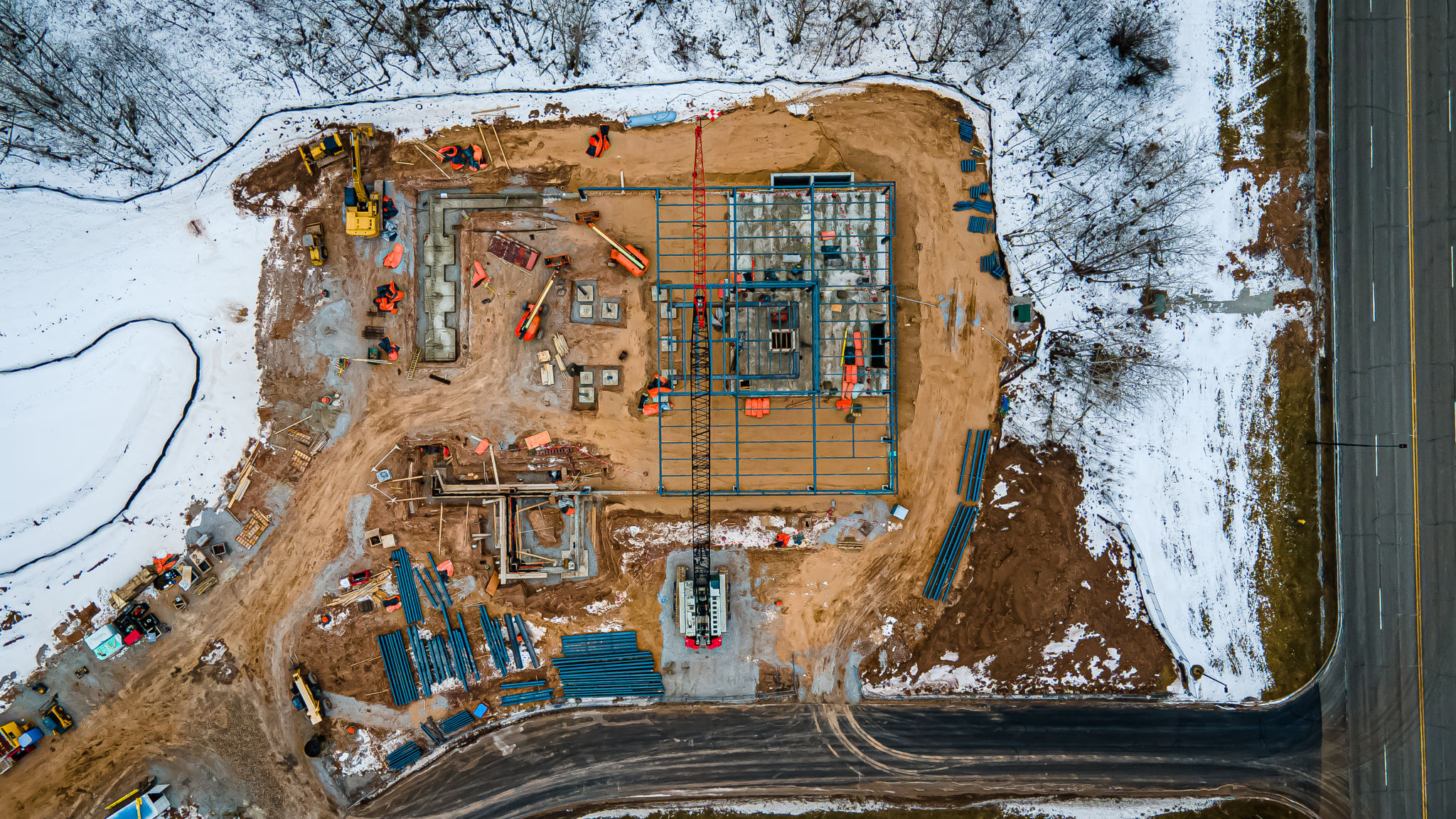How Weather in Silt Affects Your Concrete Projects: Preparation Tips
Understanding Silt Weather Conditions
When planning a concrete project in Silt, understanding the local weather conditions is crucial. The town experiences a varied climate, with cold winters and warm summers, which can significantly impact concrete work. Whether you're laying a foundation or a driveway, being prepared for the weather can save you time, money, and effort.
The cold temperatures during winter can slow down the setting process of concrete, while the hot summer sun might cause it to set too quickly. Both scenarios can lead to cracks and structural issues if not addressed properly. Therefore, knowing how to adapt your concrete projects to these conditions is essential for achieving durable results.

Preparing for Cold Weather Concrete Projects
Cold weather in Silt can pose several challenges for concrete projects. When temperatures drop, the hydration process of concrete slows down, which can delay setting and curing. Here are some tips to manage concrete work during colder months:
- Use Warm Water: Mixing concrete with warm water can help accelerate the hydration process.
- Add Accelerators: Chemical accelerators can be added to the mix to speed up setting times.
- Insulate: Insulating blankets or heated enclosures can protect the curing concrete from freezing temperatures.
By taking these measures, you can prevent potential damage and ensure that your concrete project remains on track despite the cold weather.

Handling Hot Weather Concrete Challenges
During the hot summer months, Silt's high temperatures can cause concrete to set too quickly, leading to premature drying and cracking. To combat these issues, consider the following tips:
- Work Early or Late: Schedule your concrete pours during cooler parts of the day, such as early morning or late afternoon.
- Keep It Moist: Regularly wetting the surface or using evaporation retardants can help maintain adequate moisture levels.
- Use Sunshades: Erect temporary shades to shield the concrete from direct sunlight during curing.
Implementing these strategies helps in managing the rapid setting times caused by high temperatures, ensuring a strong and durable finish.

Planning Around Seasonal Changes
The transitional periods between seasons in Silt also require attention when planning your concrete projects. Spring and fall bring unpredictable weather patterns that can disrupt your schedule. Here are some tips for managing these transitions:
- Monitor Weather Forecasts: Keeping an eye on weather forecasts allows you to plan your pours around favorable conditions.
- Be Flexible: Have contingency plans in place for unexpected weather changes to adjust timelines accordingly.
- Use Appropriate Mixes: Opt for concrete mixes designed for varying weather conditions to enhance performance.
By staying proactive and adaptable, you can navigate the challenges presented by seasonal changes and ensure successful project completion.
The Importance of Professional Guidance
While DIY concrete projects are possible, consulting with professionals who understand Silt's specific climate conditions can be beneficial. Experienced contractors can offer valuable insights and recommend best practices tailored to local weather patterns.
This guidance can be particularly beneficial when dealing with complex projects or when you encounter unexpected weather challenges. By leveraging professional expertise, you minimize risks and enhance the longevity of your concrete structures.
